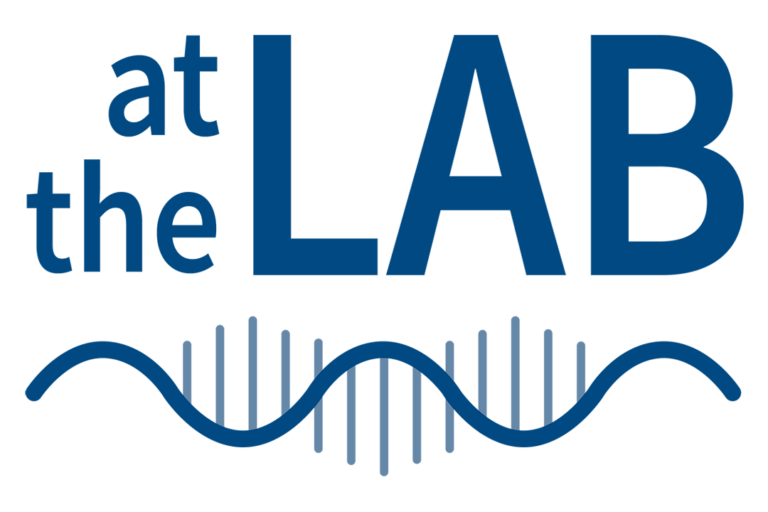At the Lab
Each episode features a CSHL researcher or educator focused on the biggest global issues and scientific mysteries of the past, present, and future—from deadly diseases to climate change.
Tune in to hear our latest bioscience breakthrough broken down in 3 minutes or less.
Subscribe: Apple | Podbean | Spotify | YouTube | Amazon Alexa device

At the Lab Episode 22: Outmuscling cancer
After 10 years, CSHL has made a breakthrough in the study of RMS, a rare pediatric cancer. How we got here is a story of innovation and perseverance.
At the Lab Episode 21: Nature versus nurture
What makes you, you? CSHL Assistant Professor Gabrielle Pouchelon looks for answers in the brain’s earliest neural connections.
At the Lab Episode 20: Cleanup on IL-6
CSHL Professor Bo Li set out to study a tiny group of neurons involved in cancer cachexia. What he found astounded even him.
At the Lab Episode 19: Brain sex
How are sex differences defined in the brain? CSHL Associate Professor Jessica Tollkuhn delivers a thought-provoking primer on a fascinating topic.
At the Lab Episode 18: The stress of cancer
A sobering conversation on a breakthrough discovery with potentially significant implications for cancer patients everywhere.
At the Lab Episode 17: AI SQUID
Tune in to this week’s podcast to hear about the latest artificial intelligence model coming out of Cold Spring Harbor Laboratory.
At the Lab Episode 16: Bats!
Shriek if you must. Their remarkable genome might provide new insights into natural links between the immune system, aging, and cancer resistance.
At the Lab Episode 15: Fruit flies’ dating lives
Can AI help us identify the Don Juan of fruit flies? CSHL’s Benjamin Cowley thinks so. Why would we want to do this? Tune in to find out.
At the Lab Episode 14: What’s that smell?
You might not realize, but that question is central to the human experience. On this week’s podcast, CSHL’s Saket Navlakha sniffs out answers.
At the Lab Episode 13: A more sustainable chemistry
For this week’s podcast, CSHL Professor John Moses bridges the gap between chemistry and biology in less than three minutes.